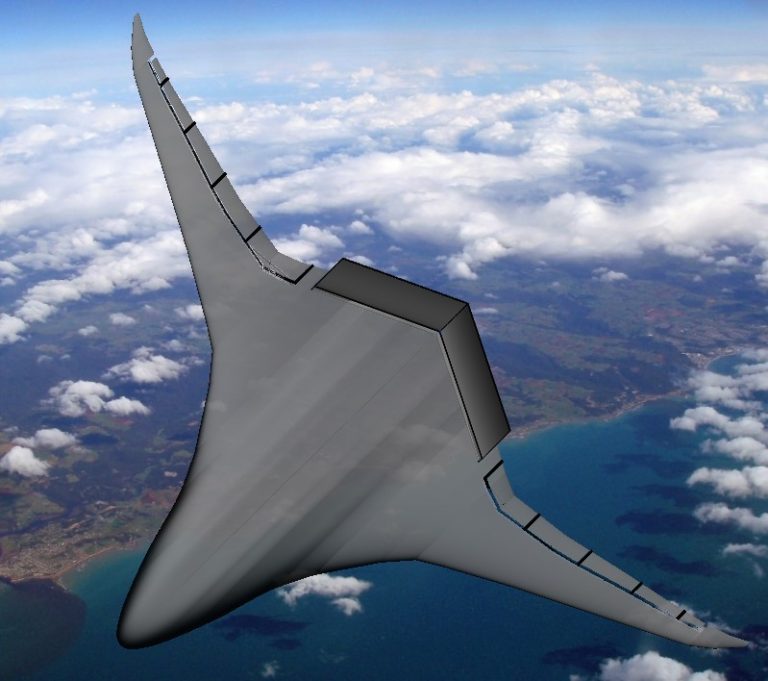MAE Senior Design Teams Win NASA’s Aeronautics University Design Challenge
Three UC Davis mechanical and aerospace engineering senior design teams received top honors in NASA’s 2017-18 Aeronautics University Design Challenge. One MAE team tied for first, another placed second and another tied for third. The fifteen undergraduates involved presented their designs at a symposium on September 20 at NASA headquarters in Washington, D.C. and were treated to a private tour of the facilities and the Capitol building.
NASA’s “Ultra Efficient Commercial Transport Challenge” design competition asked students to develop an innovative, efficient design proposal for long-haul commercial air transportation vehicles that reduces energy consumption by at least 60 percent.
These designs are the culmination of two quarters’ worth of work, which began in winter quarter 2018 and were submitted to NASA in June. Teams chose a baseline aircraft considered among the best and most efficient and recorded parameters such as weight, takeoff and landing performance, energy consumption, speed and maximum payload weight for comparison. The goal was to design a new aircraft with parameters that are identical or better to a 2005 model while drastically reducing energy consumption.
“What I really appreciate and think is so much fun is to see these students pull together all the knowledge they gained in various courses and use it in the design of this aircraft,” said Professor Case van Dam, who acted as a consultant to the design teams.
The teams created 3D concept drawings and wrote proposals explaining their design choices, discussing cost and operation requirements and identifying key technologies that will likely be available by 2045 to fulfill the design. Since it takes years to develop new aeronautical systems, 2045 is a reasonable target date for the design to be put into production.
2045 is also line with NASA’s long-term strategic plan to reduce energy consumption in air and spacecraft by 80 percent and transition to alternative propulsion and energy. These goals are projected to meet societal demands for safer and more efficient, flexible and environmentally stable air transportation with the same or better payload capacity, speed and range as what is available today. The competition is a way for NASA to both see what ideas are out there and stimulate interest in aeronautical design.
“There’s so many solutions to these problems posed by NASA. You’d think if you have a bunch of students working on it, they’ll all come up with the same solution, but no, they don’t,” said van Dam. “That, to me, is what makes these types of projects interesting.”
The honors build upon UC Davis’ success in NASA’s University Design Challenge. Teams placed first and second in 2015 and two teams tied for second in 2017. Teams from the University of Virginia tied UC Davis for first and third place in 2018.
Visit NASA’s website for the proposal abstracts, 3D concept drawings and more information.

